Prisoner George CHARLTON, photo by T. J. Nevin, September 1874.
George Charlton had worked in the New Town coal mines in the 1860s, located at Kangaroo Valley (now Lenah Valley), Hobart, Tasmania, and was thought to make his way there again when he was sought for housebreaking and stealing at Ouse in January 1868. He may well have encountered Thomas J. Nevin in the vicinity acting as guide and photographer for visiting tourist groups to the Lady Franklin Museum which was located not far from the family house built by his father John Nevin on land in trust to the Wesleyan church in 1854. Thomas Nevin was the city agent for Sim’s Excelsior Coal Mine, Kangaroo Valley, New Town, providing owners Messrs Sims and Stops with a stereograph of the horse-drawn whim working the mine at about the same time of absconder George Charlton’s return to the area. … More Prisoner George CHARLTON, photo by T. J. Nevin, September 1874.
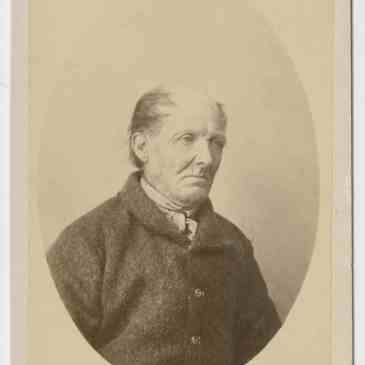
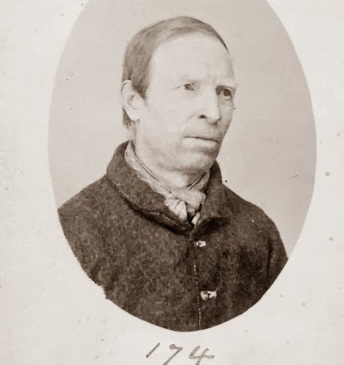
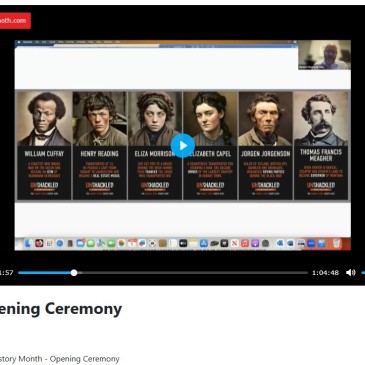




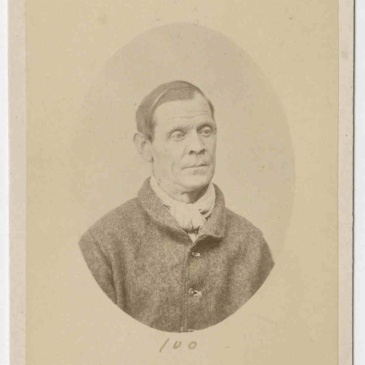


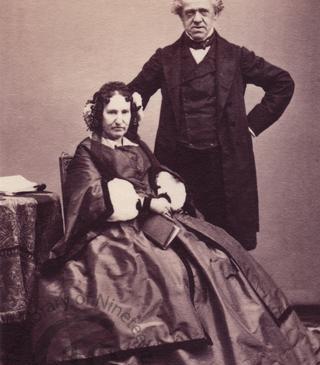













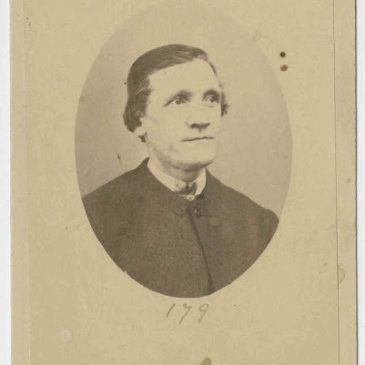

















You must be logged in to post a comment.